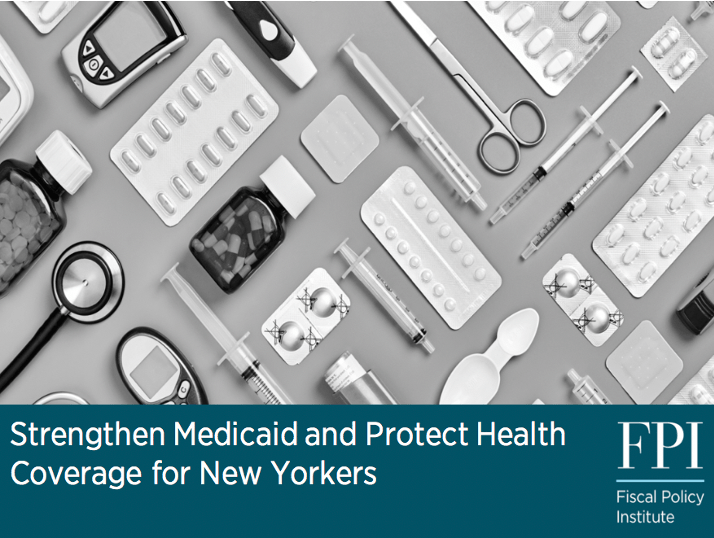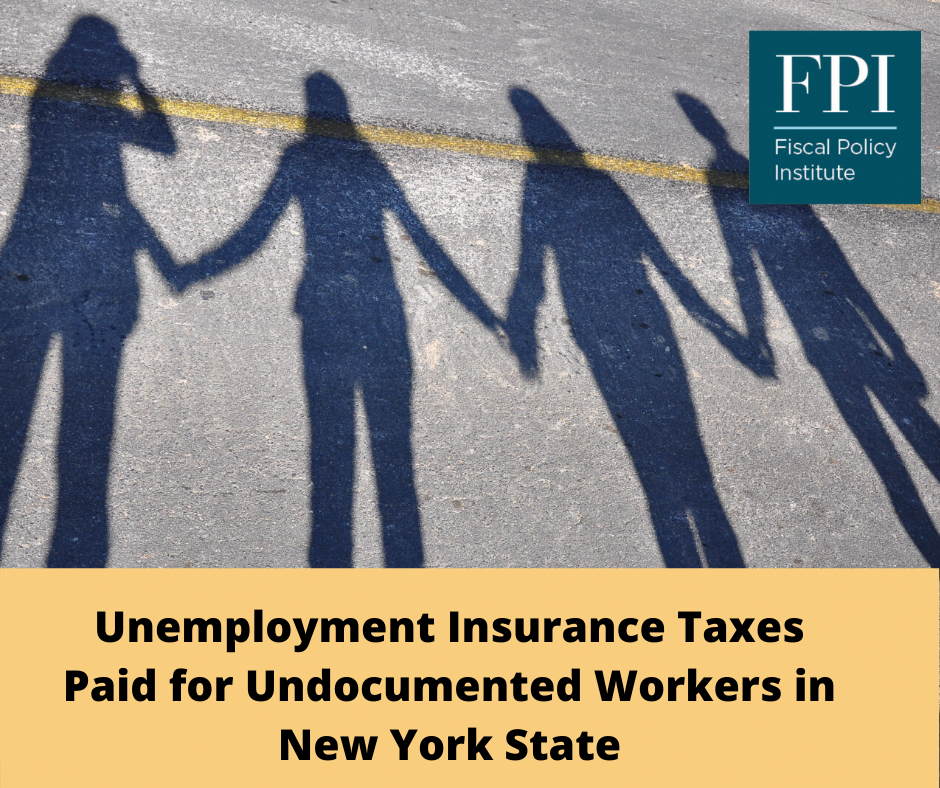Domestic Workers are Essential Workers: By the Numbers in New York
Download the full report: "Domestic Workers Are Essential Workers: By the Numbers in New York" Throughout the coronavirus crisis domestic workers have been placed under a double pressure. Already underpaid, many have lost their jobs, or lost hours on the job, putting them under added financial stress. Even when on the job, however, domestic workers find themselves under added physical and psychological stress, acting as essential workers during a pandemic at some risk to their own health as they protect the health of others. Domestic [...]



